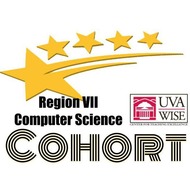Grade 7 Computing Systems & Networks and the Internet Notes
(View Complete Item Description)This resource is a fill-in-the-blank notes set is for Grade 7 Computing Systems & Networking and the Internet strands. The information is taken directly from the Curriculum Framework's context of the standard. Answer key included.
Material Type: Homework/Assignment, Lecture Notes, Lesson




















